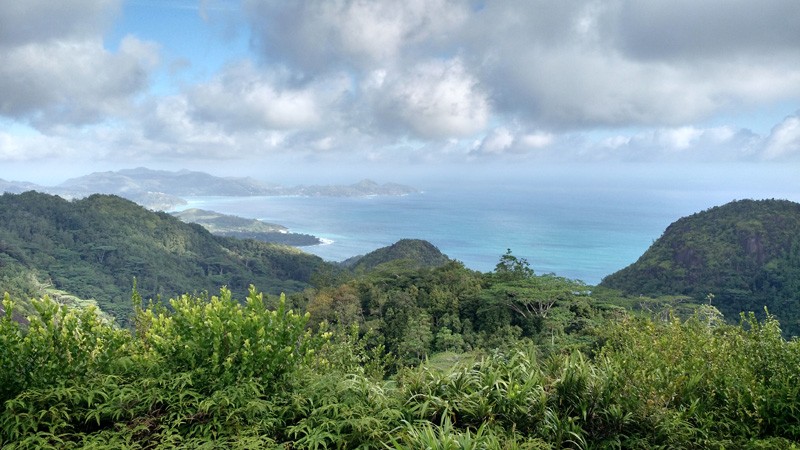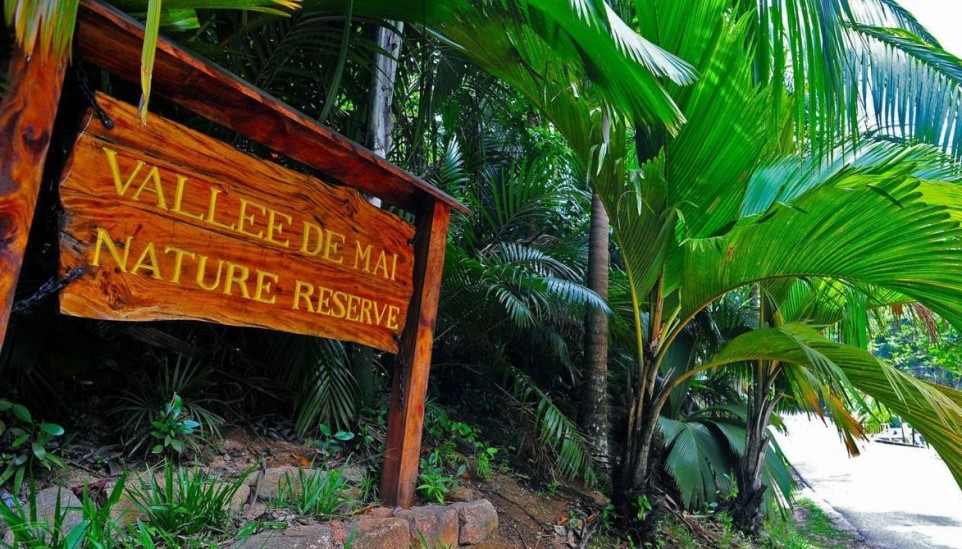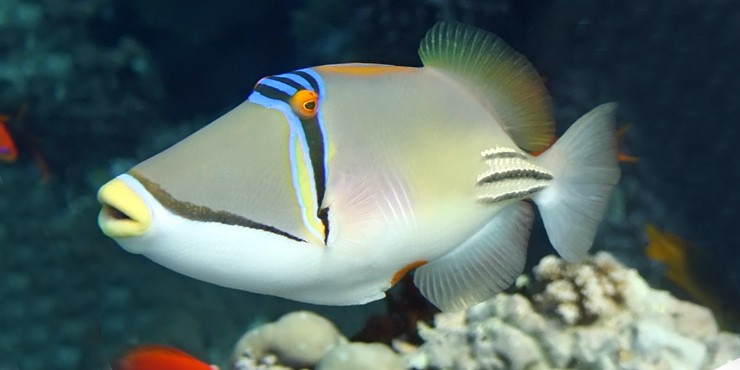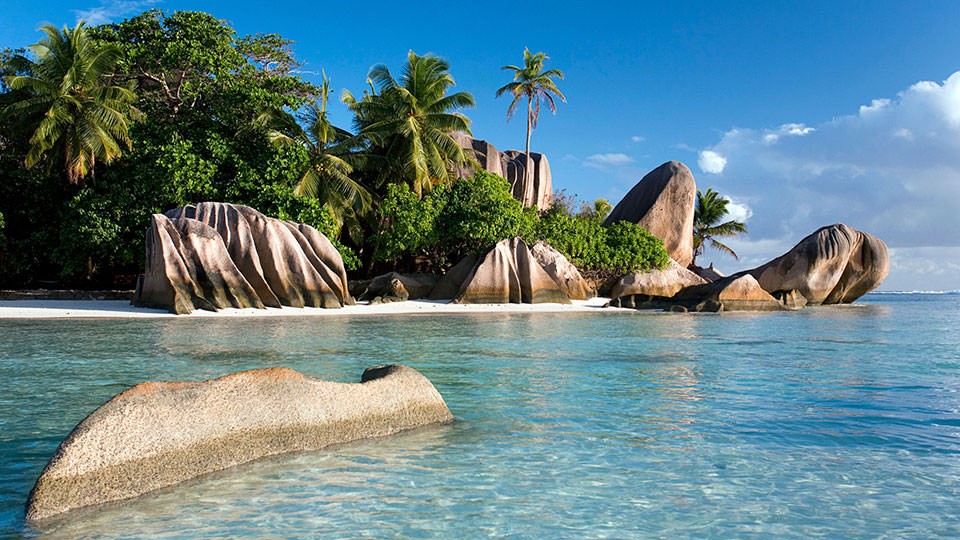Close

Selecting the finest Seychelles island is like choosing a favourite child. Each one offers a once-in-a-lifetime attraction, like the giant tortoises of Aldabra atoll, who would have witnessed minimal changes during their 250-year lifespans. Yet the entire archipelago is united by a common allure. That’s because all 115 islands offer the siren call of talcum powder beaches and nodding palms that dangle over topaz shallows.




